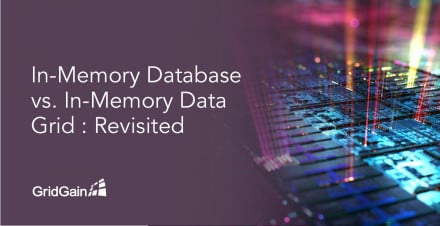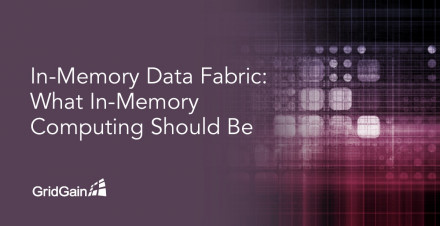Nikita Ivanov is founder and CTO of GridGain Systems, started in 2007 and funded by RTP Ventures and Almaz Capital. Nikita provides the vision and leadership at GridGain to develop the world’s top in-memory computing platform, now used by thousands of organizations around the globe to power business-critical systems and enable digital transformation initiatives.
Nikita has over 20 years of experience in software application development, building HPC and middleware platforms, and contributing to the efforts of other startups and notable companies including Adaptec, Visa and BEA Systems. Nikita was one of the pioneers in using Java technology for server side middleware development while working for one of Europe’s largest system integrators in 1996.
He is an active member of Java middleware community, contributor to the Java specification, and holds a Master’s degree in Electro Mechanics from the Baltic State Technical University, Saint Petersburg, Russia.





